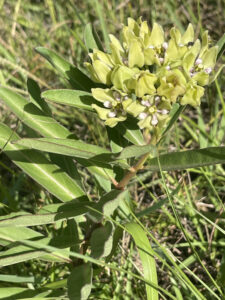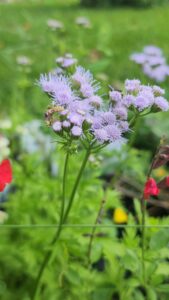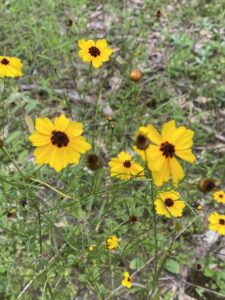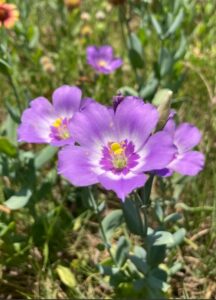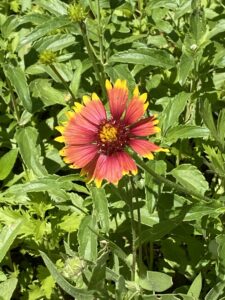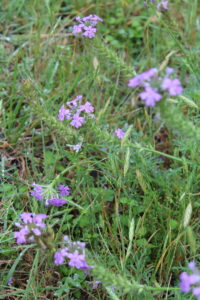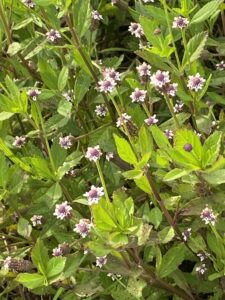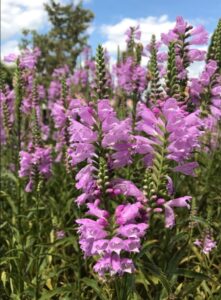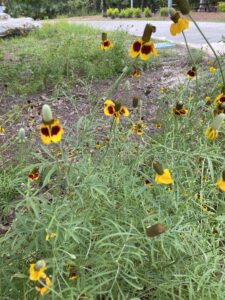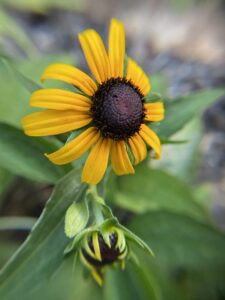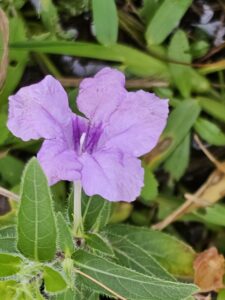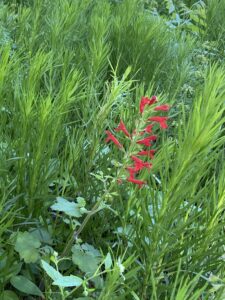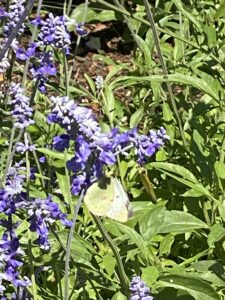Native Southeast Texas pollinators that bloom during the fall and into the early winter are essential to migrating pollinators. Some of these natives will bloom until the first frost. Red Salvia/Scarlet Sage and Winecup are some of the first blooming natives, starting in February,
Here is a quick alphabetical listing of Fall and Winter blooming pollinators:
- Black-Eyed Susan
- Blue Mist Flower
- Butterfly Milkweed
- Fall Obedient Plant
- Green Milkweed
- Heath Aster
- Indian Blanket / Firewheel
- Low Ruellia/Wild Petunia
- Mealy Blue Sage
- Mexican Hat
- Partridge Pea
- Plains Coreopsis
- Prairie Verbena
- Scarlet Sage
- Small Bluebell Gentian
- Swamp Milkweed
- Texas Frogfruit
- Turk’s Cap





